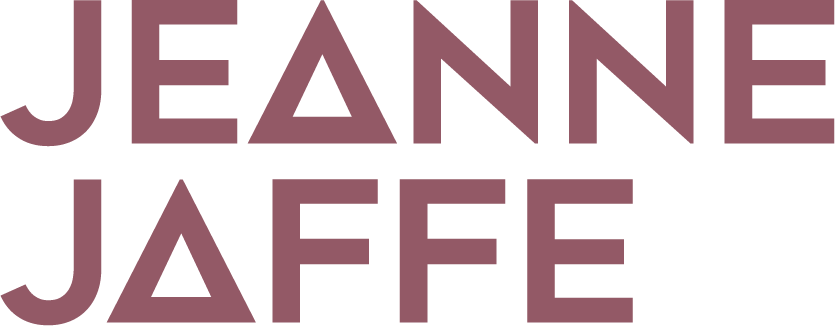Fine arts Globe review tales of transformation
FINE ART GLOBE - sections of review
‘Tales of Transformation’ Stuns in Alice-Faust Show at IPC
Little Haiti undergoes its own transformation as artists and long-time residents stare down gentrifiers
By Ken Kurson
October 04, 2021
Artist Jeanne Jaffe discusses her work, which includes a short film starring the marionette of Alice (behind her) plus a giant scale version of Alice with lungs emphasized. (Photo by Ken Kurson for Fine Art Globe)
The 1865 novel Alice in Wonderland is so beloved that the phrase ”through the looking glass” has become universal shorthand for any situation in which perspective and skilled are jarringly skewed.
That is certainly the case at “Tales of Transformation,” The multi-media exhibit combines a little bit of drawing and painting, a stunningly gripping seven-minute stop action film, a bunch of intricate puppets, and several gigantic sculptures.
What: Tales of Transformation
When: Sept 10 – Oct 16, 2021
Where: IPC 225 NE 59th St, Miami
The work is the brainchild of artist Jeanne Jaffe, who is Professor Emeritus at the University of the Arts in Philadelphia, where she taught for 25 years before moving to South Florida three years ago.
“I have always also had a great interest in mythology and psychology,” Jaffe told Fine Arts Globe, “and how the stories we create and are told shape our identities and sense of self and reality. Hence the interest in restructuring well known tales to deal with contemporary issues.”
The film depicts marionette Alice, beautifully rendered as an innocent blonde and without the whimsical Sesame Street-style hinged mouth one associates with children’s puppets, falling down the famous rabbit hole. It’s an image so iconic that it gave way to the cliché “going down the rabbit hole” as a metaphor for chasing some elusive and ultimately impossible goal.
Underground, Alice is transported to the 21st century where ills Lewis Carroll never could have imagined are suggested. We see a hungry dog walking amid postwar deprivation, and what look to be fascist boots marching in lockstep. (The narration oddly pairs that last image with the word “sorrow,” which is too weak for what leaps to my mind when I see goose-stepping.)
The whole point of the movie is to convey a feel rather than a coherent narrative, and in that mission, the seven-minute film succeeds so completely that I haven’t gotten it out of my head in the couple days since I saw it. By definition, an abstract movie about a twisted world defies easy description in words. So I will leave it at simply saying that this film captures the feeling of being deeply immersed in a vivid dream better than any visual depiction of a dream I’ve seen since the Asbury Park episode of season two of the Sopranos.
After one finishes the movie, one sees the marionettes who were its stars, and they’re beautifully made through molds and paint and about a foot and a half tall.
But then, there are also gigantic representations of the same figures. Add to that, the funky heights of the various rooms of the IPC and the tiny size of the energetic Ms. Jaffe as she enthusiastically explains her work, and seeing the show is almost as strange from a perspective point of view as the show itself.
As the pandemic slowly and belatedly eases its death grip, it is exciting to watch signs of artistic life sprout fresh in Little Haiti. Churchhill’s remains closed, enmeshed in a row between owner and operator. But in addition to IPC, lovingly curated by Carl-Phillipe Juste in whatever “spare time” he has when he’s not racking up Pulitzers shooting for the Miami Herald, there’s also Collective 62, which appears to be re-finding its footing.
The signs of life underline a simple fact of human existence that’s as elemental as selling one soul or the skewed perspective of dreams. Human beings need art.
Figures and art by Jeanne Jaffe. (Photo by Ken Kurson for Fine Art Globe)









